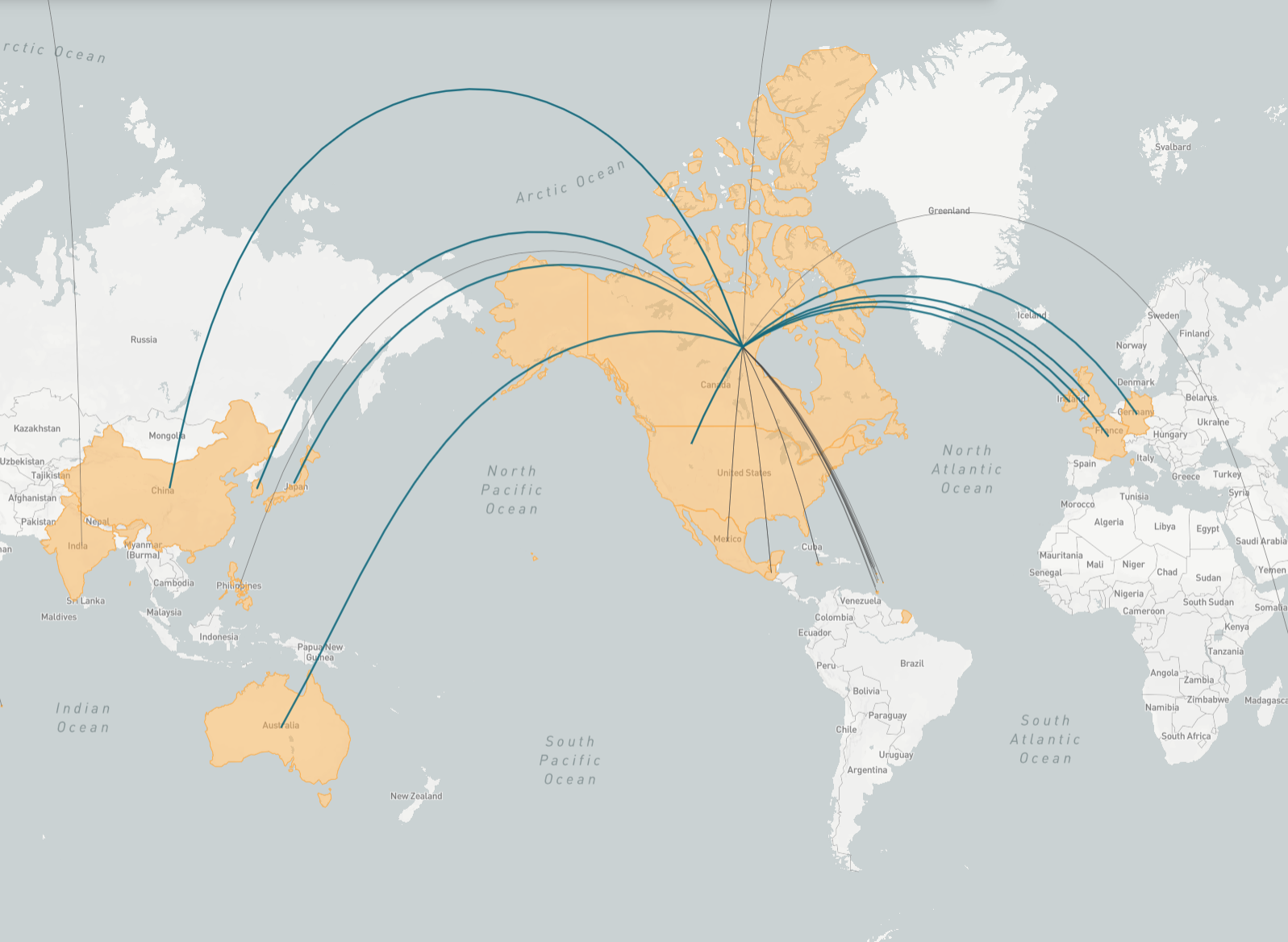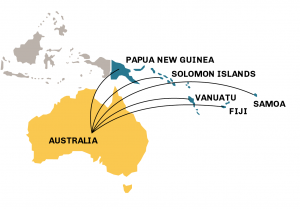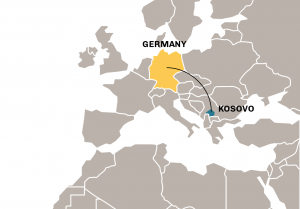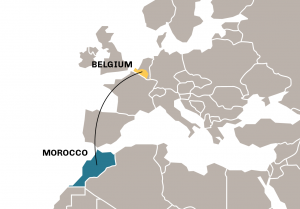- Country of destination: Canada
- Country of origin: Not Specified
- Skill level: All
- Timeline: 2014 - ongoing
- Number of beneficiaries: 1,249,651 as of 2018
Overview
The International Mobility Program (IMP) is a collection of migration programs that encompass all of Canada’s international labor mobility initiatives that fall outside the Temporary Foreign Worker Program (TFWP). It lets employers hire temporary workers without a Labor Market Impact Assessment (LMIA), through either an open work permit or an open-restricted work permit. Positions exempt from an LMIA are positions that provide broad economic, cultural, or competitive advantages for Canada and/or reciprocal benefits for Canadian citizens and permanent residents. An open work permit enables a person to work for an employer for a specified period of time. Employers do not need to offer the position to Canadians before hiring a temporary foreign worker.
The program serves Canada’s broader economic and cultural interests rather than its labor market needs. It includes reciprocal youth exchange agreements (International Experience Canada); international agreements with specific countries (the US–Mexico–Canada Agreement); programs that allow companies with a branch, subsidiary, or affiliate in Canada to transfer workers; programs that allow someone transitioning to permanent residence in Canada to work; programs that give international graduates who studied in Canada the opportunity to work there; and programs that bring significant social or cultural benefits to Canada (such as the Mobilité Francophone Initiative).
Why was it started?
In 2014, backlash to the TFWP over worker exploitation and labor market distortion reached a boiling point in Canada. Jason Kenney, the minister responsible for the TFWP at the time, was forced to reduce the scope of the program and reform the entire TFW migration system. He introduced the LMIA process. IMP was introduced as a separate program for temporary labor migration that serves Canada’s economic and cultural interests.
How does it work?
IMP issues three types of work permits: open, open-restricted, and employer-specific (or “closed”). An open work permit can be issued to a foreign national only under one of the many LMIA exemptions. For International Mobility Program streams that require a job offer (employer-specific permits), the employer must create a profile on Canada’s employer portal providing information about the nature of the business, its size, its main activities, and the employment offer. The employer must list minimum requirements for the position and the wage and benefits being offered. The employer must then pay a CAN$230 compliance fee for every job posting submitted. For workers with an open work permit (any of the exemptions listed above), employers do not need to submit an offer of employment through the employer portal or pay a fee. Employers are subject to warrantless inspection and review.
The foreign national is subject to the general conditions imposed on all temporary Canadian residents. Additionally, temporary foreign workers under the International Mobility Program “cannot work for an employer that offers stripteases, erotic dances, erotic massages, or escort services.” Once the work permit is approved, the foreign work receives a letter of introduction to be handed over at the port of entry in exchange for the work permit. If the worker is already inside of Canada, he or she will receive a new work permit by mail.
What impact has it had?
The economic impact of the IMP is unknown, because the program is not tied to labor market conditions and the LMIA exemptions for which workers can apply are very broad. As of October 2022, Canada has issued more than 645,000 open work permits.
- Chartrand, Tyler, and Leah F Vosko,. “Canada’s temporary foreign worker and international mobility programs: Charting change and continuity among source countries.” International Organization for Migration. 2020.
- Government of Canada. n.d. “Employer portal.”
- Immigration.ca. n.d. “International Mobility Program.”
- Immigration, Refugees and Citizenship Canada. 2016, “Facts and figures 2016 immigration overview–temporary residents.”
